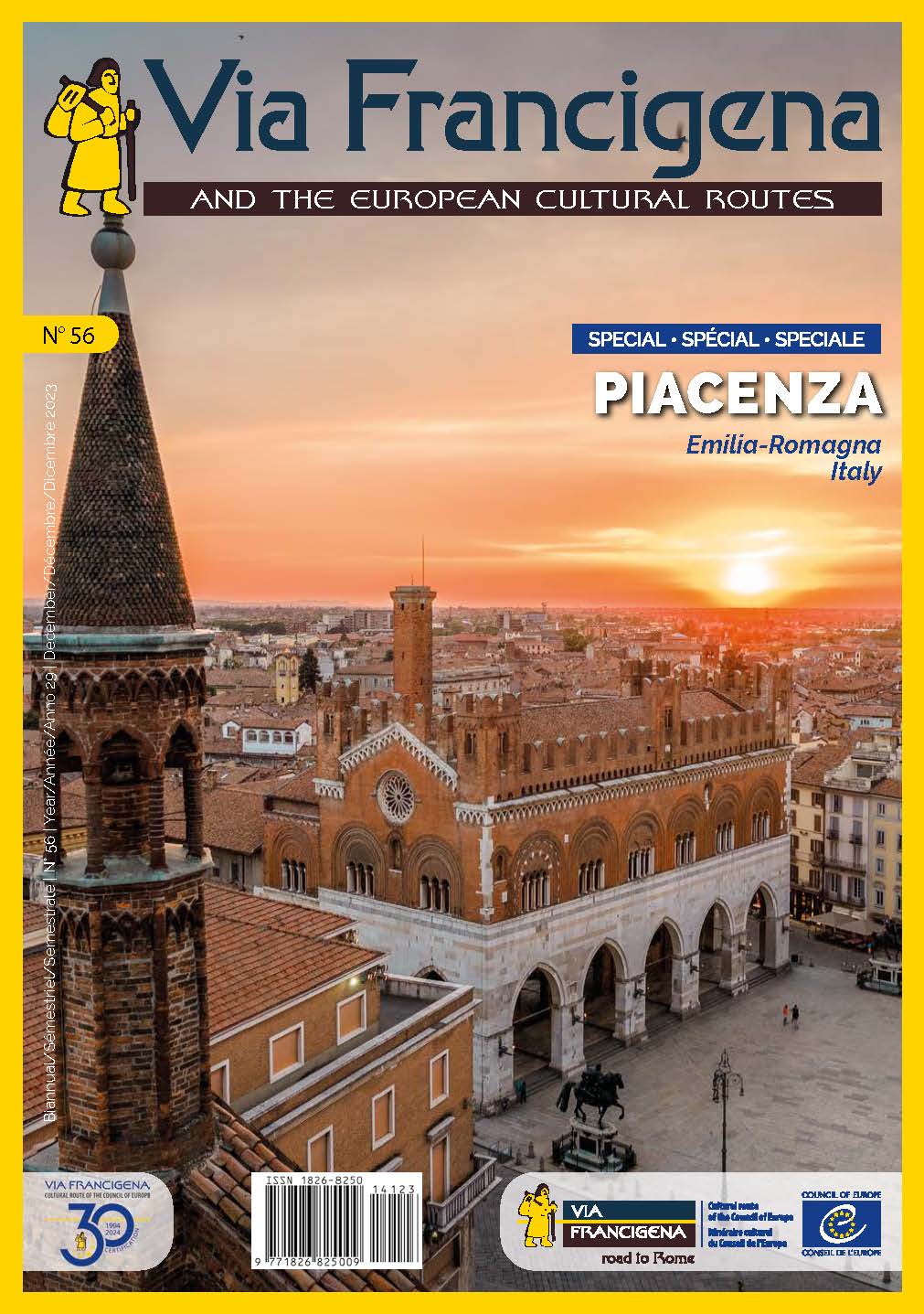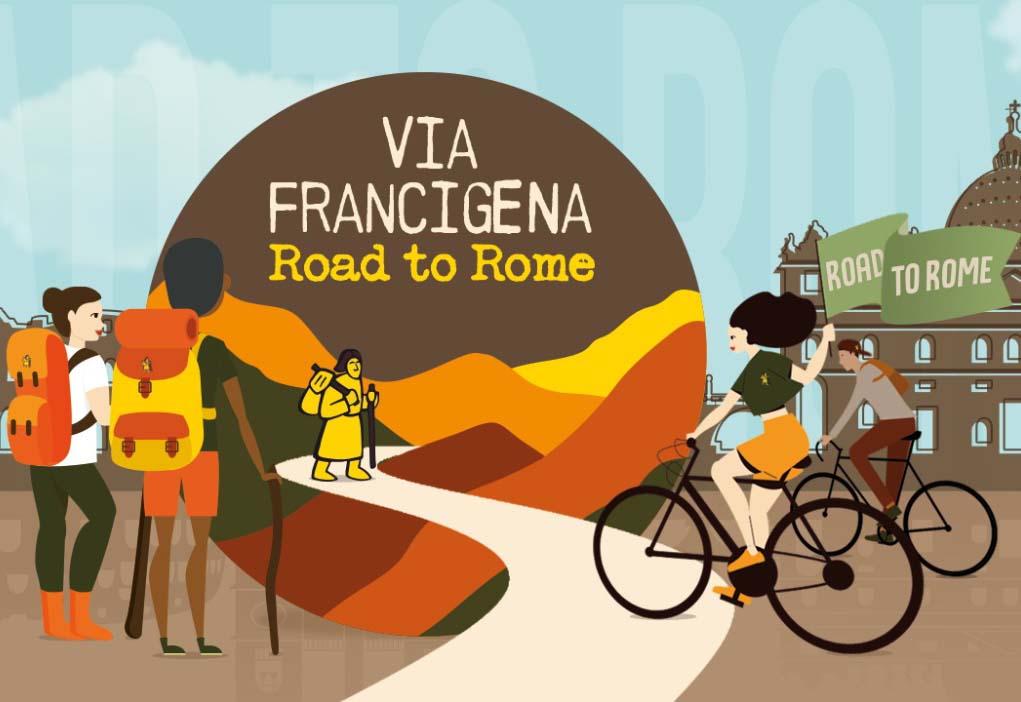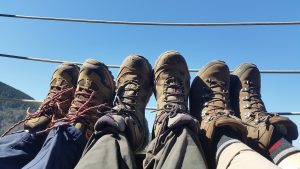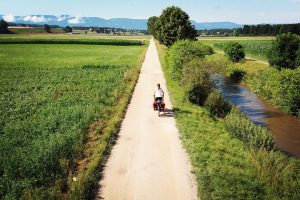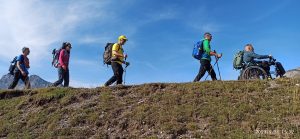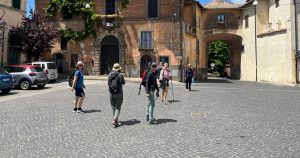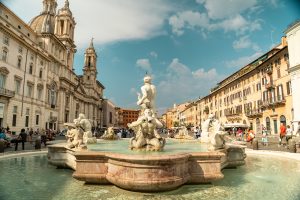What do pilgrims and other travelers enjoy most, as they walk through the Tuscan region of the Via Francigena? Aside from the olive trees and vineyards, aside from the magnificent churches and cathedrals, aside from the friendly villagers, it all boils down to this: the food. And, no less, the wine.
I’m no exception.
It is September 2019 when my friend Monique and I, flying to Italy from different countries, meet late one night in Lucca. Setting aside the first day to tour the town, we spot one delicacy after another; we haven’t even passed through Lucca’s ancient fortress walls, and our mouths are already watering. I press my nose up to the glass window of a pizzeria, gazing at an array of rectangular trays laid out in two long rows that stretch towards the far end of the counter. As if all the rectangles comprised a patchwork quilt, each tray is covered with its own toppings; from diced tomato and whole olives, to cheese and squash flowers, to mushrooms, sizzling slices of ham, red and green peppers. The server pulls a steaming slice out of the oven, pivots on her feet and expertly chops through the hot, covered dough before dishing it up to the customer. The sheer array of choices makes my head spin.
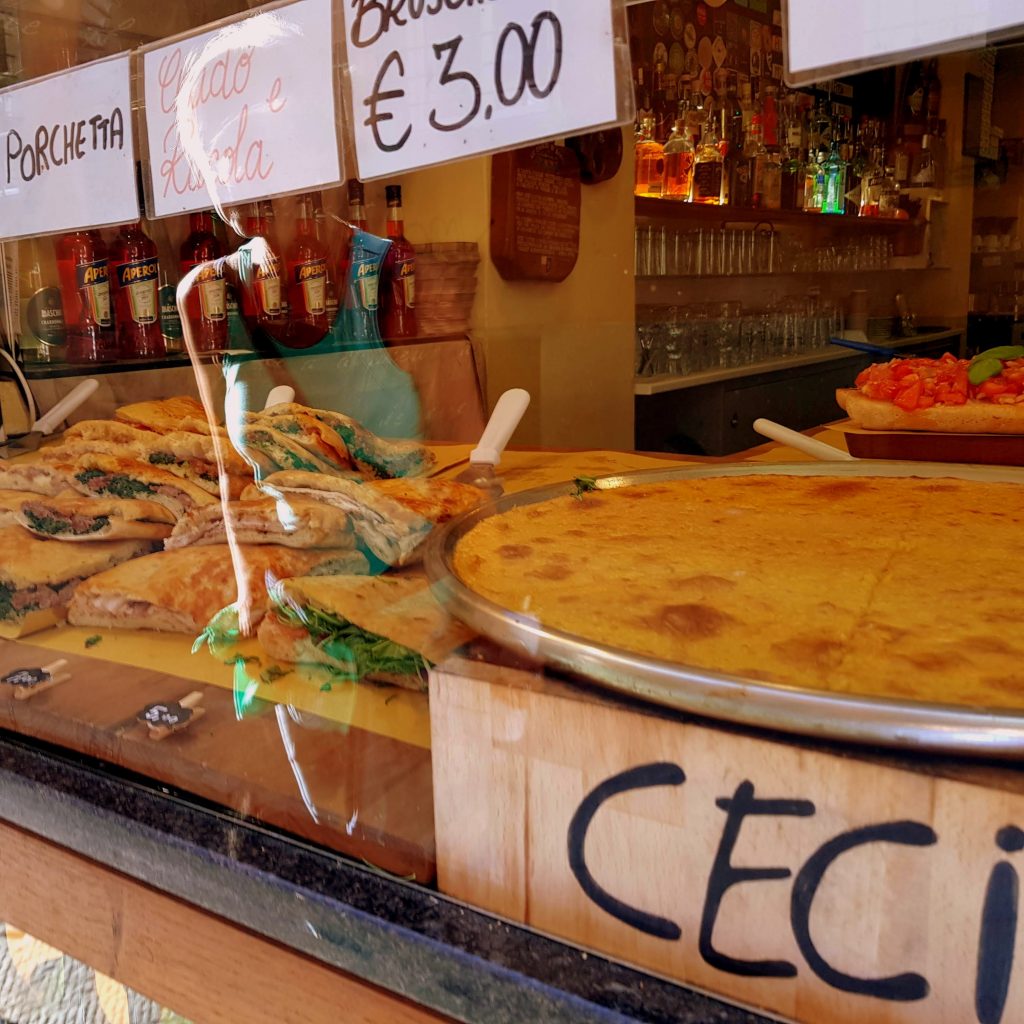
Photo: Amit Janco 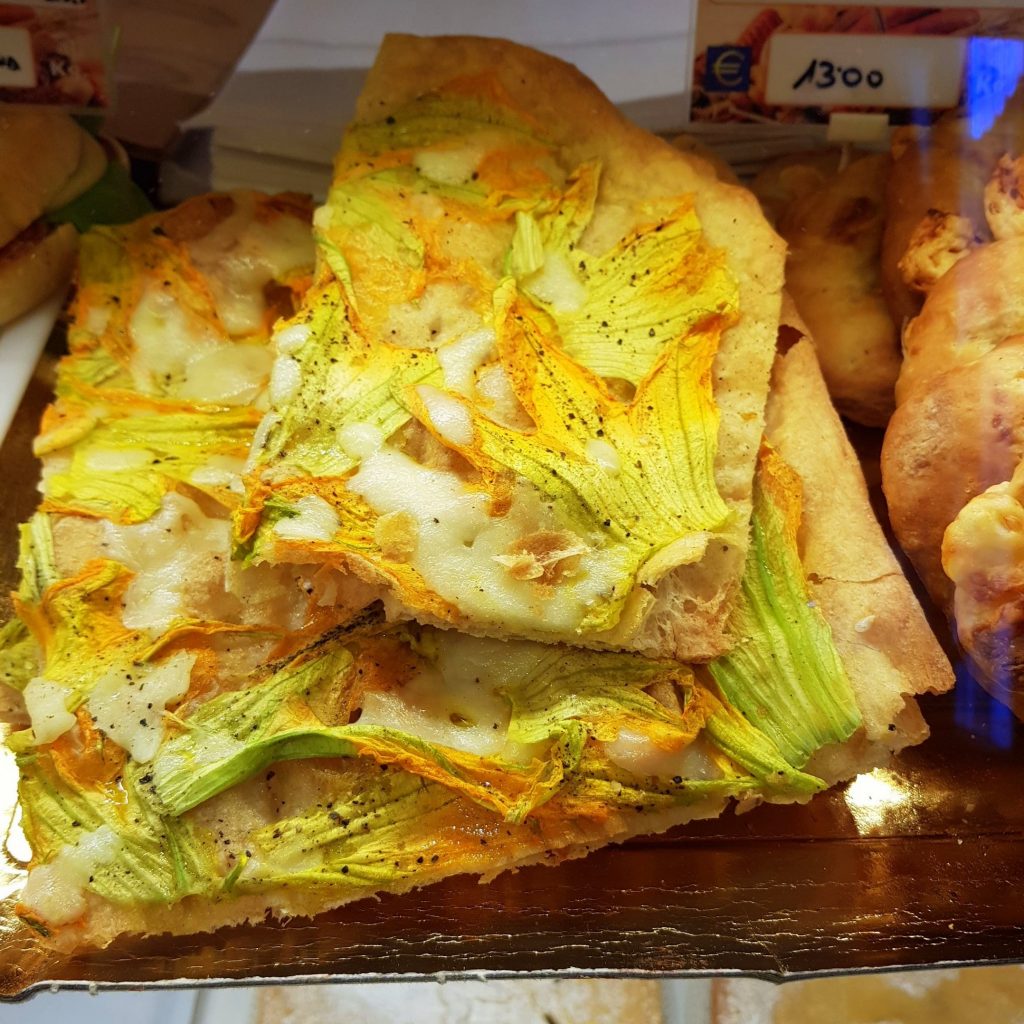
Photo: Amit Janco
Out of every door, the sumptuous dishes call our name. We may not be gastronomic geniuses, but food, we love. Will we ever get on the road?
Turning a corner, I’m immediately lured to the floor-to-ceiling windows of a bakery, where we are greeted by an equally enticing assortment of pastries: buccellato grande and crostatine, tarts glazed with apricot, cherry and strawberry filling. Alongside those delights, there’s a smorgasbord of small and large honey cakes, alongside raised platters full of tortino cioccolato e ricotta (chocolate and ricotta tarts) and memorably named tortino del nonno – grandfather’s pies. We leave, of course, with a bag of panforte – a hard, nutty biscotti-like wedge that we split between us, vowing to stock up on more along the way.
As if the panforte isn’t enough, we stumble upon a sizable glass display case featuring a huge choice of sweets, many of them long and squiggly – in flavours ranging from marshmallow and meringue to marzipan and luna park. Tucked in among the brightly coloured sugary treats, a small pile of fried eggs glares up at me; is that candy, or has someone mistakenly dropped a skillet-full of one-eyes in this very spot?
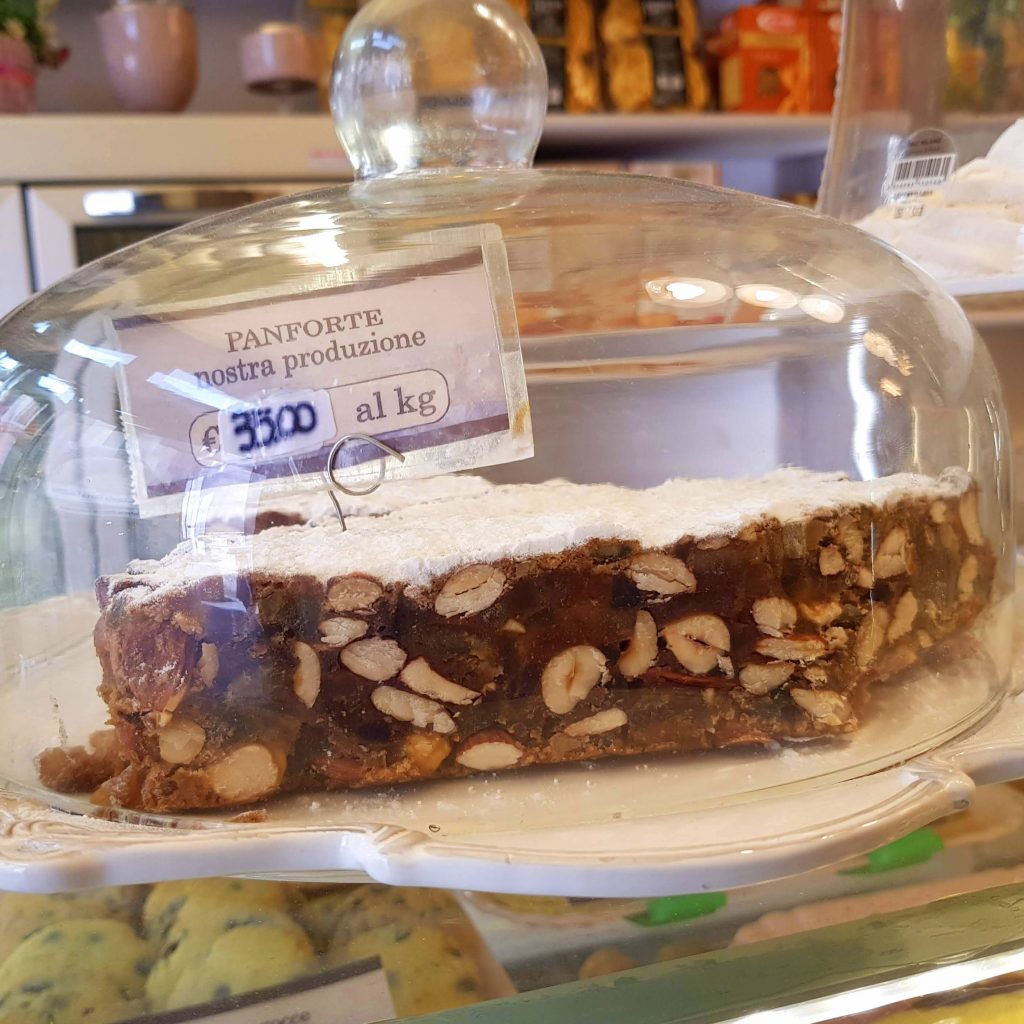
Photo: Amit Janco 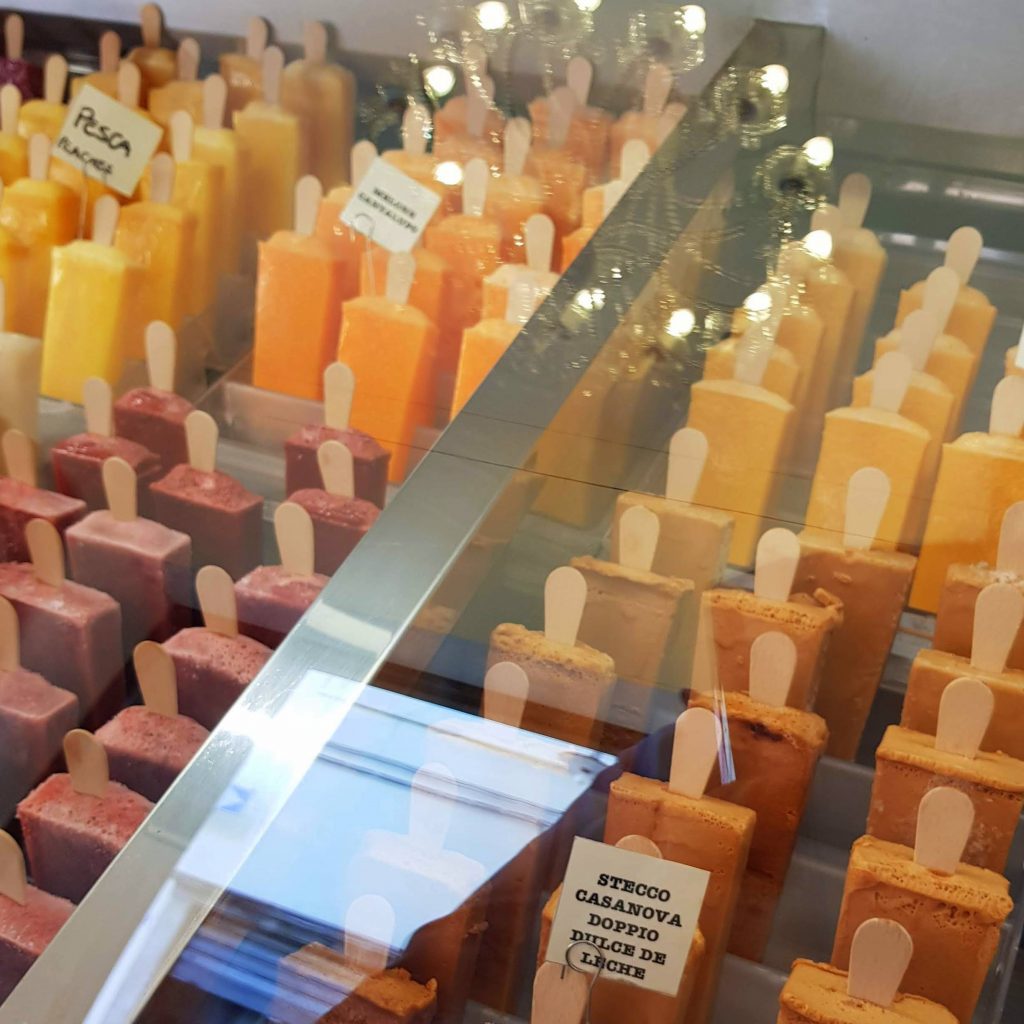
Photo: Amit Janco
Long before we depart to Europe, Monique and I – both vegetarians, leaning towards veganism – acknowledge that Italy, famously a meat-eater’s paradise, may disappoint. But our concerns soon dissipate. While carnivores can dine on traditional Tuscan delicacies such as lampredotto, Bistecca Fiorentina, and crostini di fegato (chicken liver paté on toasted bread), we end up finding enough to satiate our palate. Among the many regional dishes, we find ribollita (vegetable and bread soup), pappa al pomodoro (tomato soup) and tagliatelle al tartufo (pasta draped in truffle sauce). We also find plenty of choices among the dazzling array of pasta dishes and pizza options, our favourite generously covered in cheese, zucchini slices and a smattering of squash flowers. Gratefully, with tomato and boconccini plates, bean and green salads, and other vegetarian options on most menus, we soon realize that we will never lack for choice!
Once we finally hit the road, and reach more rural landscapes, we find pomegranate and fig trees, and cacti with prickly pears sticking out at all angles. We trek past large swaths of corn and sunflower fields, and small restaurant storefronts with names like Puccini Kebab. Private gardens that skirt the roadside, spill over with tomato plants, eggplant and peppers, in different stages of ripening on the vine. We pass many signs for organic farms and ‘agriturismo’ – one of which tempts us with the sight of a box of fresh produce close to the roadside. We fill a paper bag with cherry tomatoes, cucumbers, lettuce, and a few eggs – all of which are ingredients for our evening meal, and the following day’s picnic.
The Via Francigena famously leads us through countless vineyards, with trees well-tended to by farmers; the vines sprouting in curlicue-formations, carefully and strategically wrapped around wooden posts and metal girders. It’s a grape-lover’s delight… and a temptation that’s so hard to shun. When a bunch of stalks with low-hanging grapes appear a step away, we pick a handful and continue walking. But somewhere along the way, we learn proper vineyard-crossing etiquette: farmers do not appreciate pilgrims plucking their produce; and with so many walkers helping themselves to seemingly plentiful crops, their livelihoods are at stake. From then on, I practice more restraint whenever I trudge through vineyards; admiring the juicy orbs from a distance, and only infrequently picking a small handful off the vine.
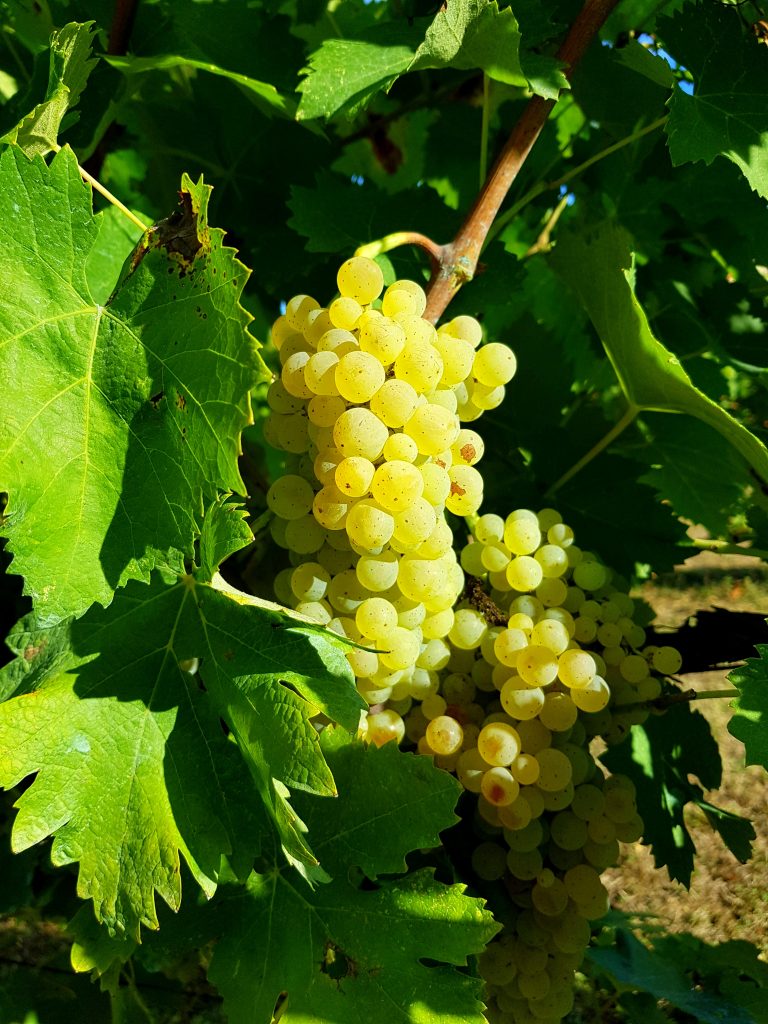
Photo: Amit Janco 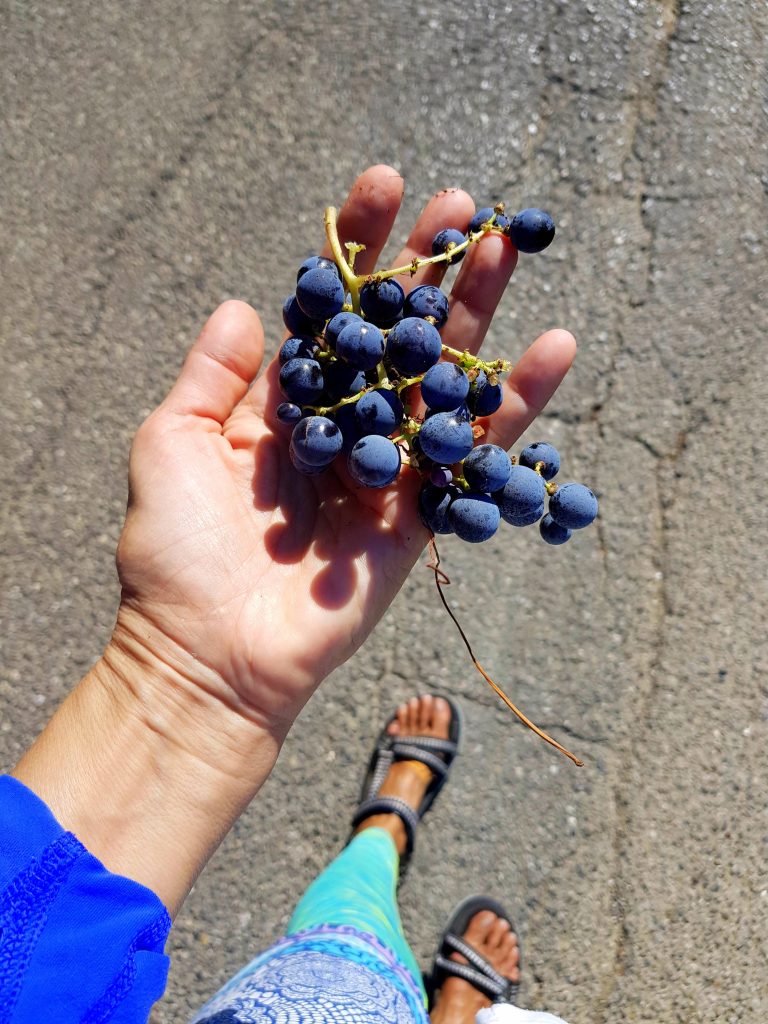
Photo: Amit Janco
On a residential street in lower San Miniato, hikers are invited to rest at an unmanned and shaded table, sign a guest book, and help themselves to water, fruit, and dolcetti (treats). A plastic container on the table opens to reveal a stash of freshly baked biscotti. Mindful of others who will arrive at this stop long after we’ve stopped to snack, I take two and write a note of thanks. This pit stop is a stark reminder, that the generosity of strangers along these pilgrimage routes, all across Europe, is legendary.
It’s late afternoon when we end our day’s walk with an uphill climb into the village of Gambassi di Terme. Our lodging’s hostess leads us to the central square, where families congregate and children cycle around in circles. She enters a local joint and emerges a short time later with plates of antipasti: Salami. Mortadella. Pancetta. (“Always greasy,” she says) Also: Figs. Cheese. Chunks of bread. Soon enough, we meet our first ‘spritz’; an Italian concoction of aperol, prosecco, soda, ice and slices of orange. After a soak in the town’s thermal baths, a shower and rest, we’re ready to head out for.. more pizza!
In Italy, a day without gelato is like a day without sunshine. Fortunately, I struck sunshine-gold at many gelaterie along the Via Francigena. Among my favourite flavours: Frutti di Bosco. Stracciatella. Pistacchio. Caffe. Tiramisu. Mango. Although we bypassed Lucca’s Gelatarium – with its charming interior and swinging seats, we made up for it in Viterbo, where we feasted on Sacco Buono’s vegan cioccolato carbone e cocco (charcoal and coconut) gelato – a large scoop of black deliciousness.
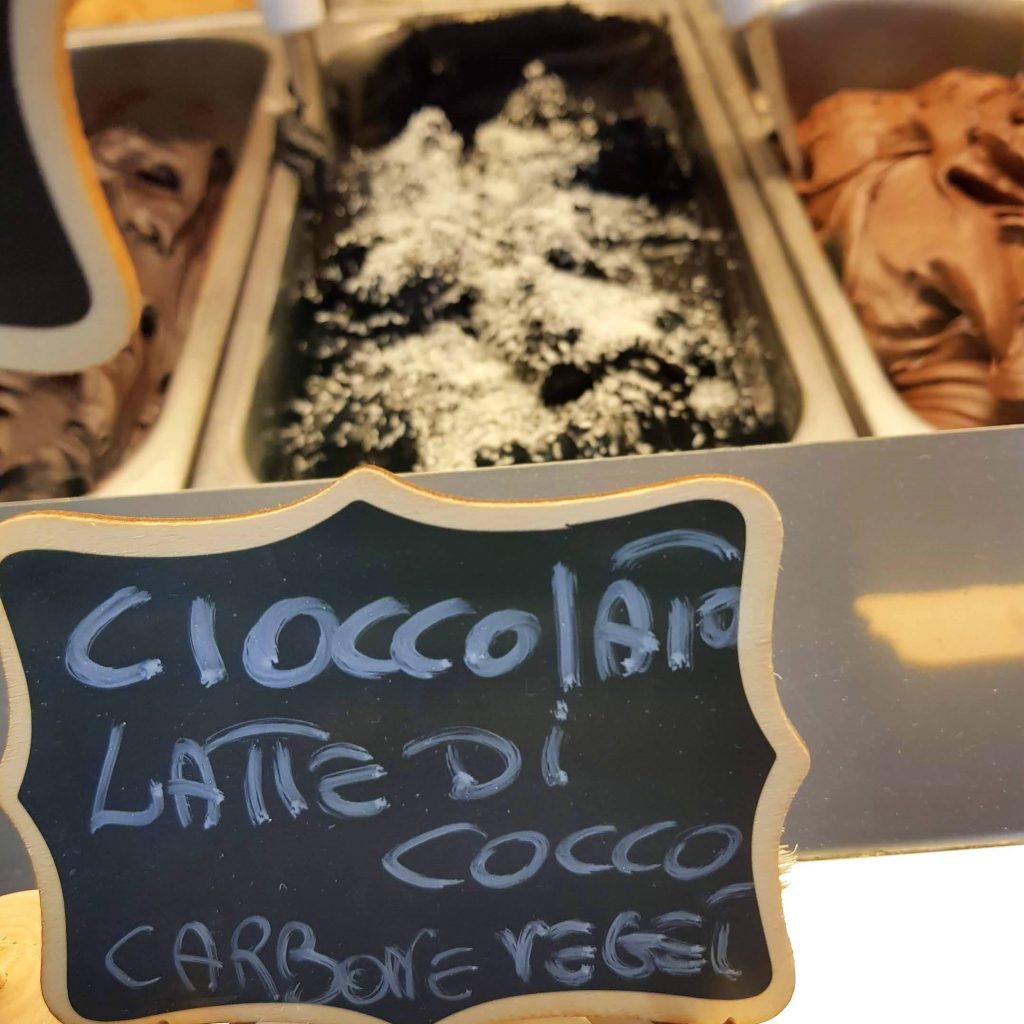
By the time we reached Siena, where we stumbled upon the food emporium called Consorzio Agragio Siena, with its pizza counter (we returned twice!), I understood why I needed to walk the Via Francigena in Italy; not only to soak in the glorious architecture, historical sites and photogenic landscapes, but to indulge in the food – while not feeling a shred of guilt about dining on eggplant parmigiana, focaccia or mascarpone.
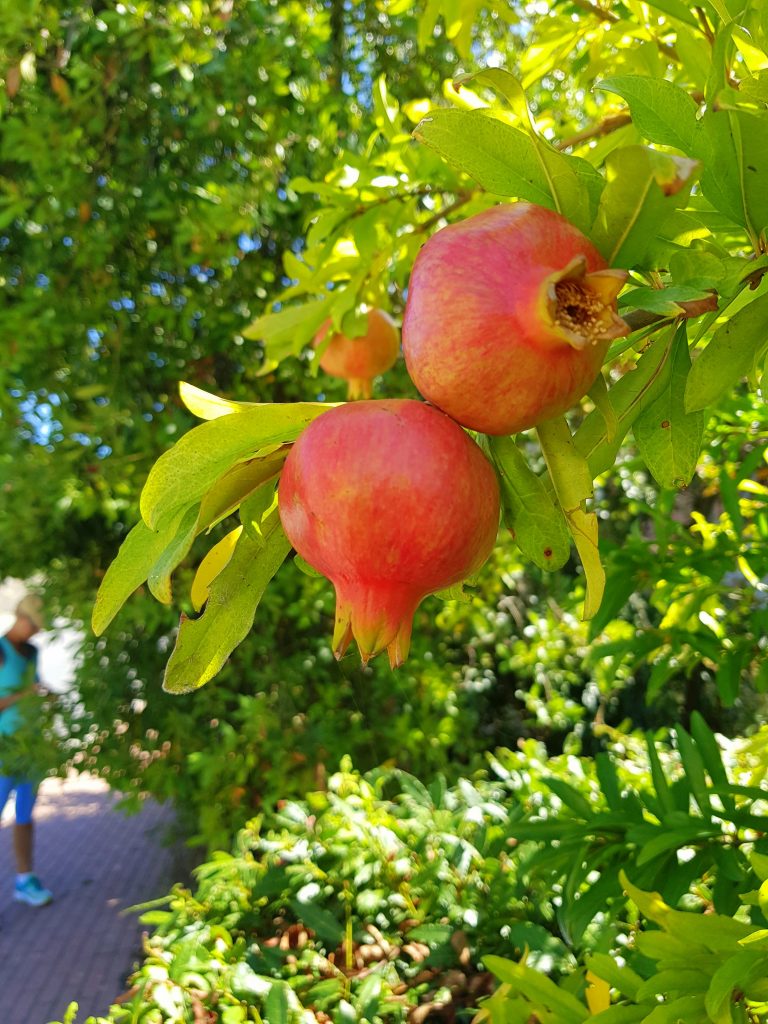
Photo: Amit Janco 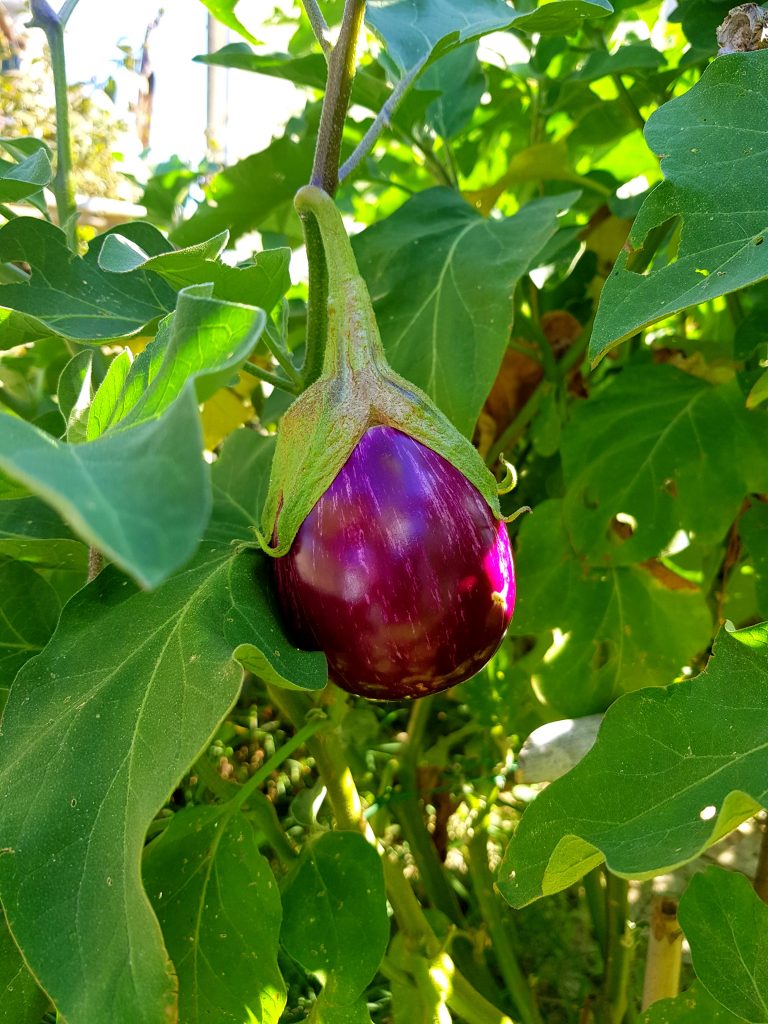
Photo: Amit Janco 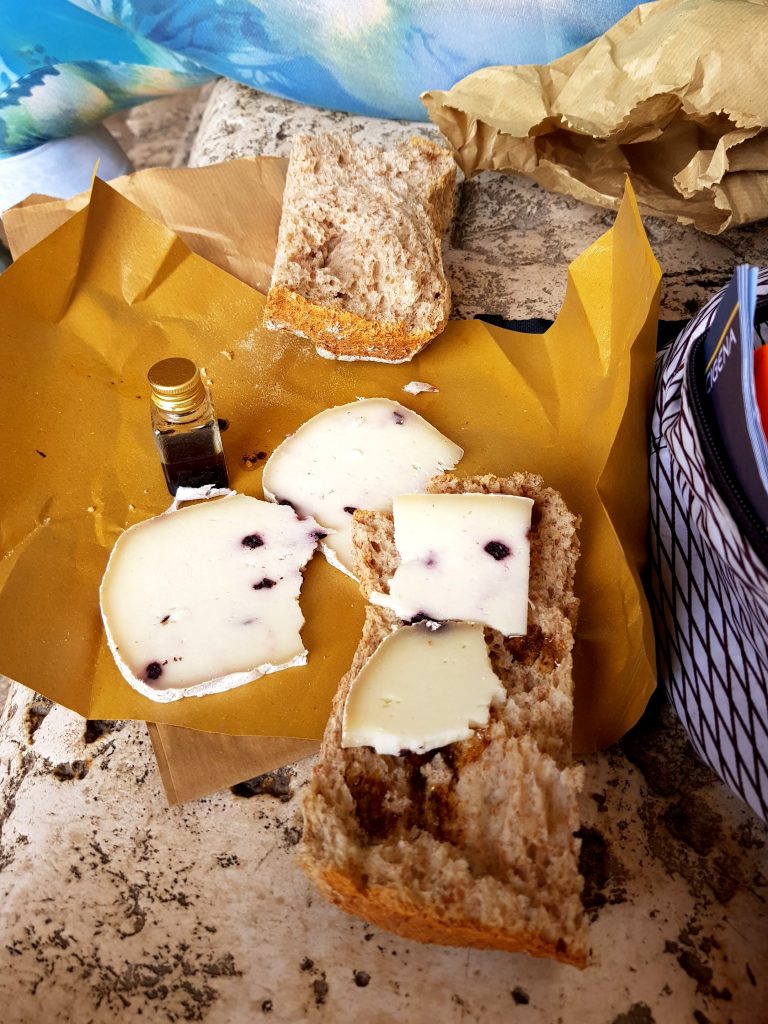
Photo: Amit Janco 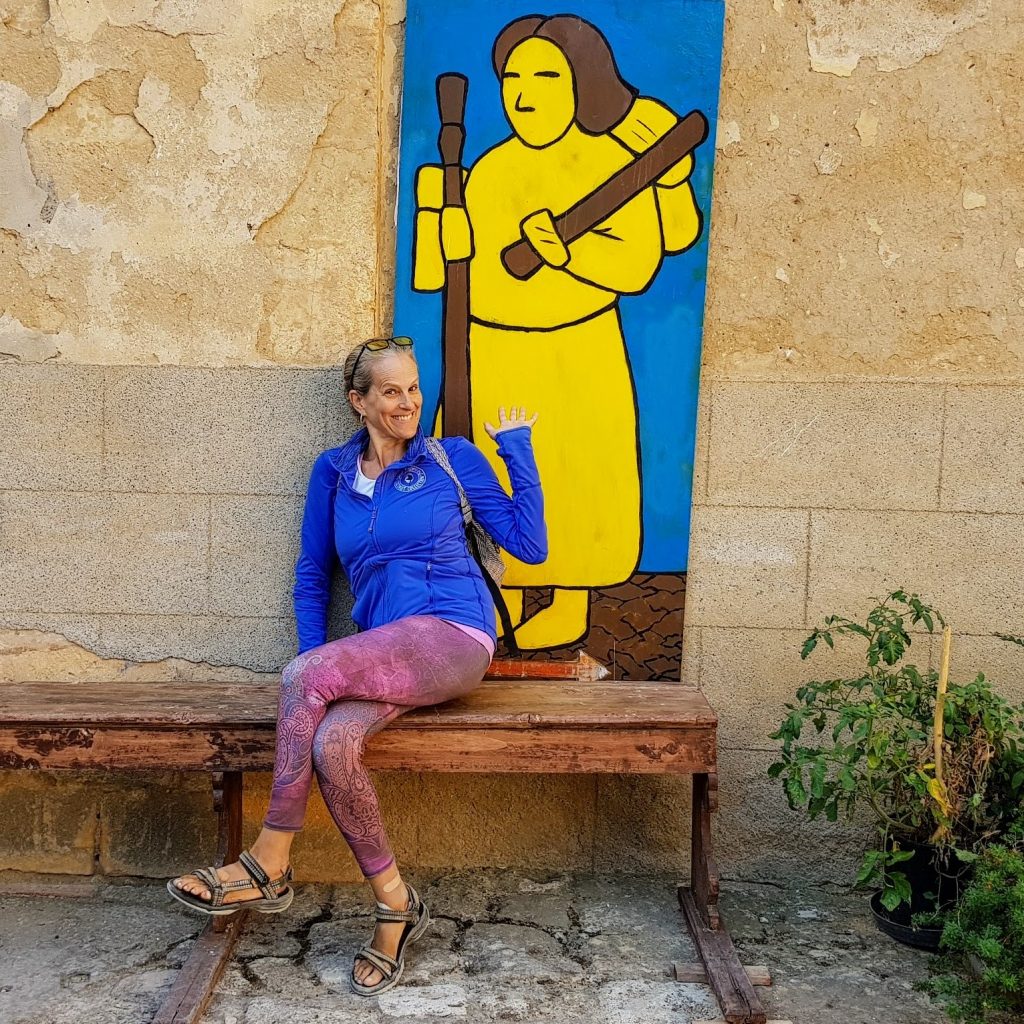
Photo: Amit Janco 
Photo: Amit Janco 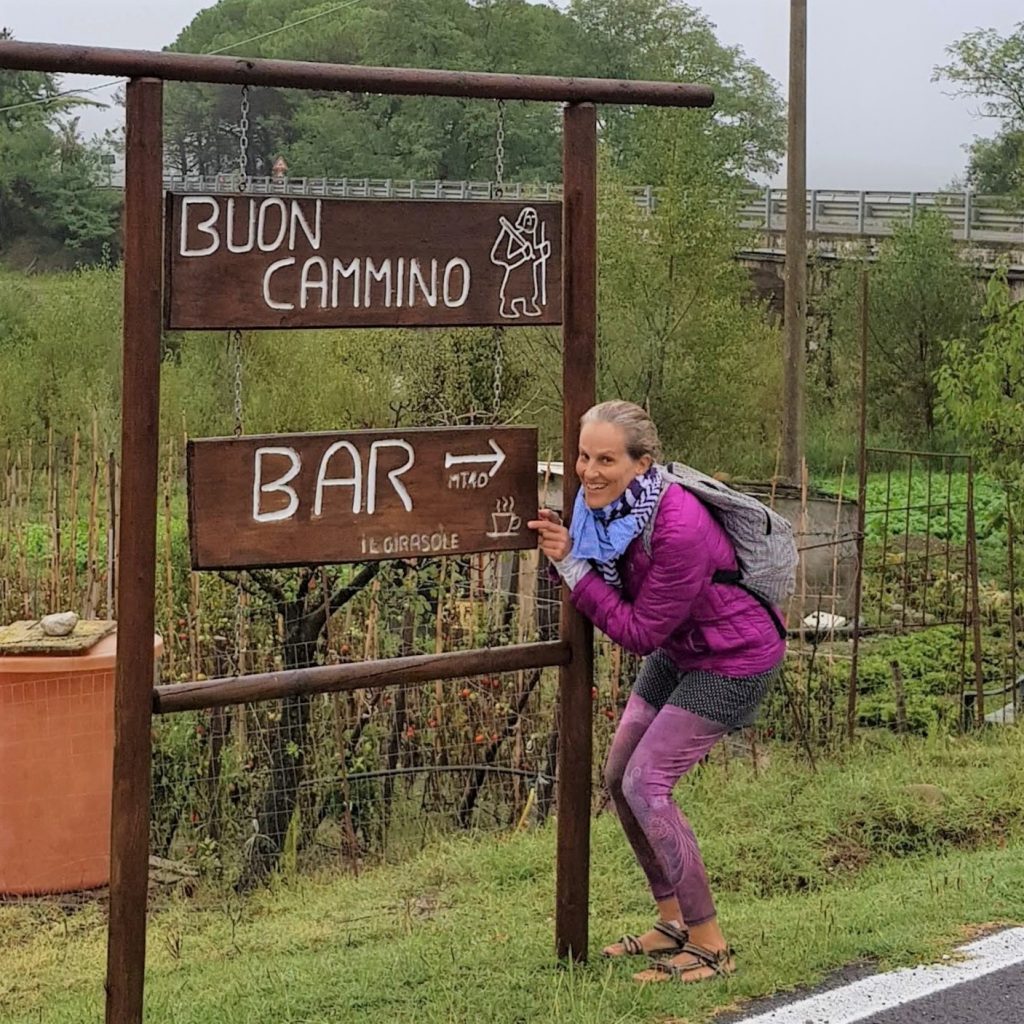
Photo: Amit Janco 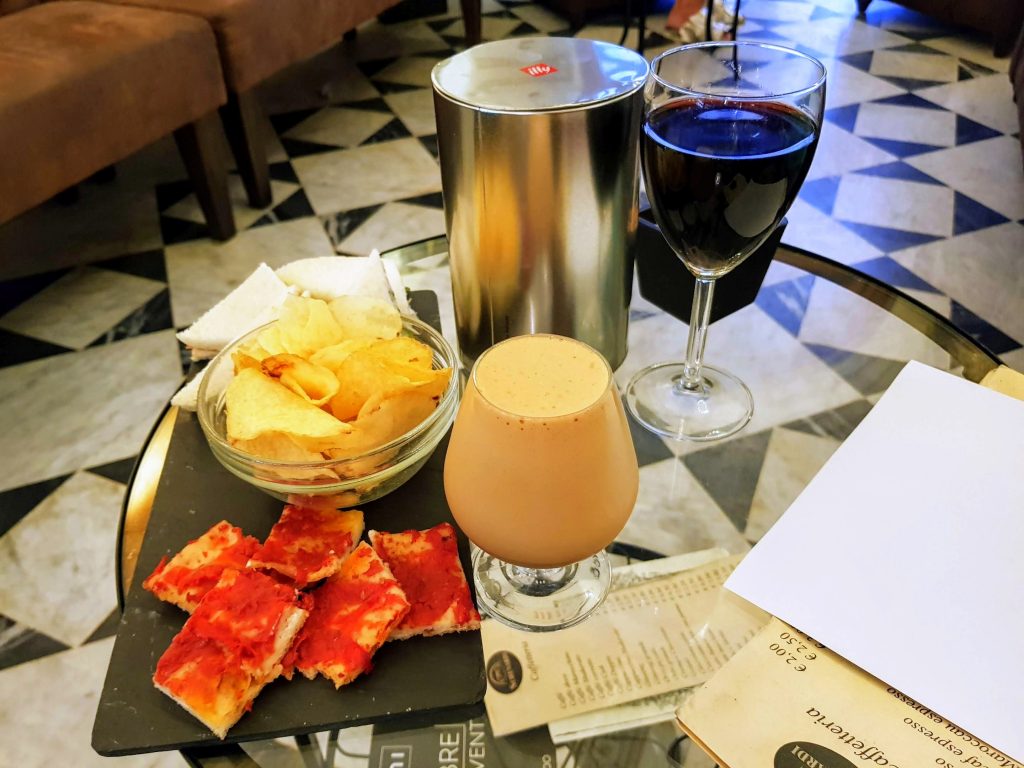
Photo: Amit Janco 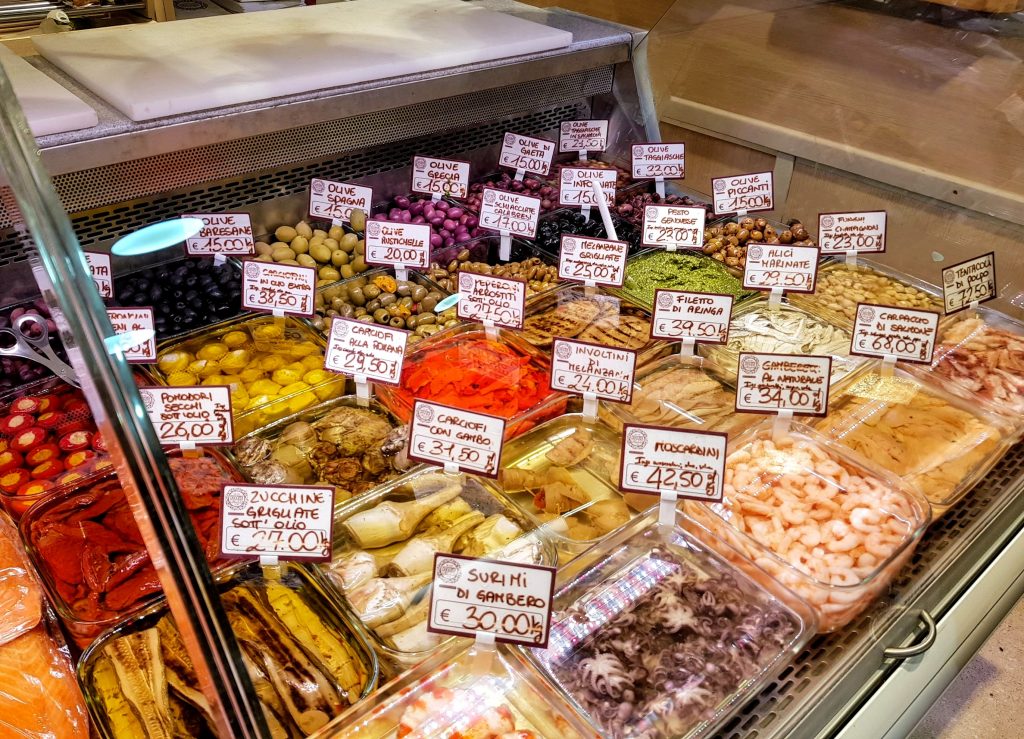
Photo: Amit Janco






